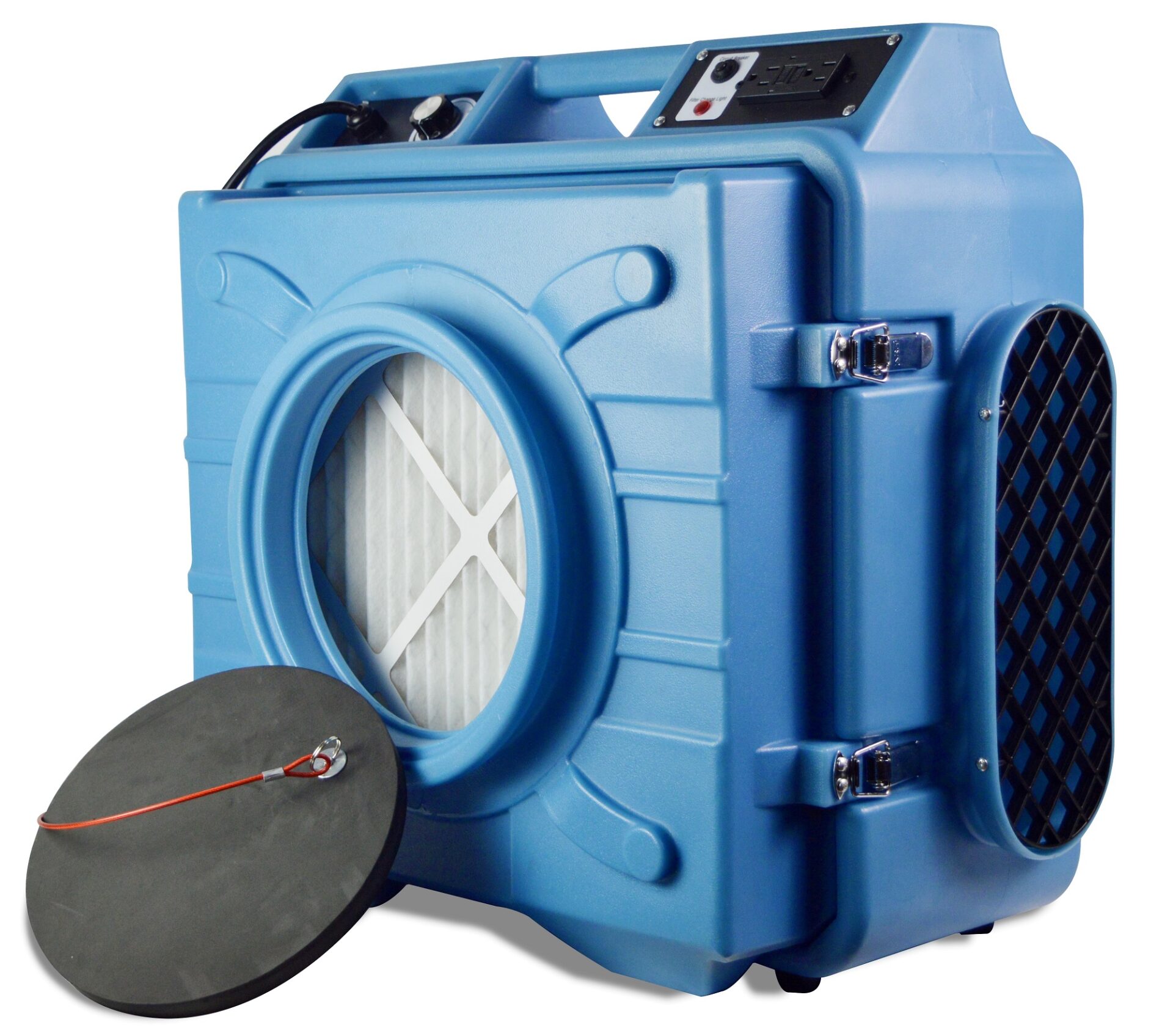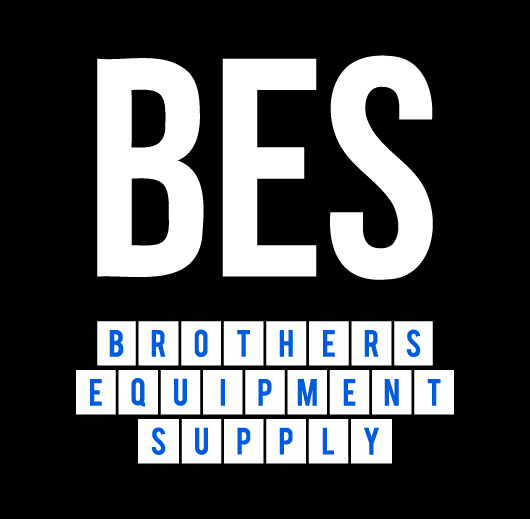
The Most Popular Types Of Water Damage Equipment
The Most Popular Types of Water Damage Equipment
By: Brothers Water Damage Equipment
Water damage can result from a plethora of events, such as floods, broken pipes, sewage backups, and appliance malfunctions.
To address the resulting water intrusion promptly and effectively, professionals use a range of specialized equipment.
This equipment is designed to not only remove excess water but also to dry, dehumidify, and restore the affected areas to their pre-damage state.
Below are some of the most popular types of water-damage equipment used by water-damage restoration professionals.
Let’s get right into it.
Water Extraction Units
Portable Extractors: These are small, movable units that can be easily transported to different areas of a property. They work by sucking up large amounts of water from flooded areas.
Truck-mounted Extractors: More powerful than their portable counterparts, these units can extract water more quickly and are often used in severe flooding situations.
Air Movers: Often referred to as fans, air movers are used to enhance evaporation at the surface level, thereby reducing drying time.
They circulate air, which speeds up the evaporation of moisture from wet materials.
Dehumidifiers: These are essential for removing excess moisture from the air. There are primarily two types:
- Refrigerant Dehumidifiers: Work similarly to household refrigerators. They cool the surrounding air, turning moisture into condensation, which is then collected or drained away.
- Desiccant Dehumidifiers: Use materials that naturally absorb moisture from the air. They are particularly effective in environments with lower temperatures and humidity levels.

Air Scrubbers: These are used to remove airborne contaminants and improve indoor air quality. They’re especially useful when water damage results in the growth of mold or other contaminants.
Moisture Meters: These devices are used to detect and measure the moisture content in various materials to ensure that everything is adequately dried.
There are two primary types:
- Penetrating Meters: Have probes that are pushed into a material.
- Non-penetrating Meters: Measure moisture without penetrating the material, making them non-destructive.
Infrared Cameras: These are invaluable tools for identifying water behind walls or under floors. They display differences in temperature, showing colder spots where moisture is present.
Fogging Machines: These are used for deodorizing, disinfecting, and suppressing dust after water damage. They release a fine mist of a chosen agent that can neutralize odors or kill bacteria and mold.
Submersible Pumps: When there’s standing water, especially in basements or crawl spaces, submersible pumps help to remove the water efficiently.
Thermal Hygrometers: These are used to measure the relative humidity and temperature in the affected environment, which can guide the drying process.
Heated Drying Systems: Sometimes, traditional drying methods might not be enough, especially in cold conditions. Heated drying systems can expedite the drying process.
10 FAQs About Water Damage Equipment
What is the primary purpose of water extraction units?
- Water extraction units, whether portable or truck-mounted, are primarily used to remove standing water from properties, effectively minimizing structural damage.
How does an air mover differ from a regular fan?
- While both circulate air, air movers are specifically designed to promote rapid evaporation on surfaces by producing high-velocity airflow. They are more powerful and focused compared to regular fans.
Why is dehumidification important after water extraction?
- Removing excess moisture from the air prevents secondary water damage like mold growth and warping of materials. Dehumidifiers maintain optimal humidity levels to aid the drying process.
What are the differences between refrigerant and desiccant dehumidifiers?
- Refrigerant dehumidifiers work by cooling the surrounding air to turn moisture into condensation, while desiccant dehumidifiers use absorbent materials to extract moisture directly from the air.
How do air scrubbers aid in the water damage restoration process?
- Air scrubbers purify the indoor air by removing airborne contaminants, including mold spores, dust, and odors, which can arise after water damage.
How do moisture meters help in the drying process?
- Moisture meters allow professionals to detect and measure the moisture content in materials, ensuring everything is adequately dried and helping to pinpoint hidden damp areas.
Can infrared cameras detect moisture behind walls and ceilings?
- Yes, infrared cameras can identify cooler temperature spots indicating the presence of moisture behind walls, ceilings, and even beneath floors without invasive techniques.
Why might fogging machines be used after water damage?
- Fogging machines release agents to deodorize, disinfect, and suppress dust. They can neutralize odors, kill bacteria, and prevent mold growth post water damage.
How do submersible pumps work in water damage scenarios?
- Submersible pumps are designed to operate underwater and are used to pump out large volumes of standing water from areas like basements and crawl spaces.
Are heated drying systems always necessary?
- No, heated drying systems are not always necessary but can be crucial in cold conditions or when traditional drying methods are insufficient. They expedite the drying process by adding warmth to the affected areas.
Understanding the equipment used in water damage restoration can help homeowners and property managers better navigate the recovery process and ensure that they’re getting the most effective service possible.
Summary
In conclusion, tackling water damage requires a multi-faceted approach using specialized equipment.
From extraction and drying to dehumidifying and ensuring optimal air quality, professionals need a variety of tools in their arsenal to restore and preserve the integrity of affected properties.
Whether you’re a homeowner facing water damage or an aspiring professional in the restoration field, understanding this equipment can make a significant difference in the recovery process.
If you have any questions about our article, “The Most Popular Types of Water Damage Equipment” or need to buy air scrubbers, contact us on LiveChat, social media or at sales@brothers-equipment.com.
Related Posts
Air Movers, What Are They And How To Use Them?
What Are The Top Air Scrubber Benefits And Main Uses?
How To Get Dust Out Of The Air After Construction Work
Air Scrubbers Vs. Air Purifiers: Understanding The Differences And Benefits
Air Scrubbers: Ensuring Air Purity Where It Matters Most
Related Products
